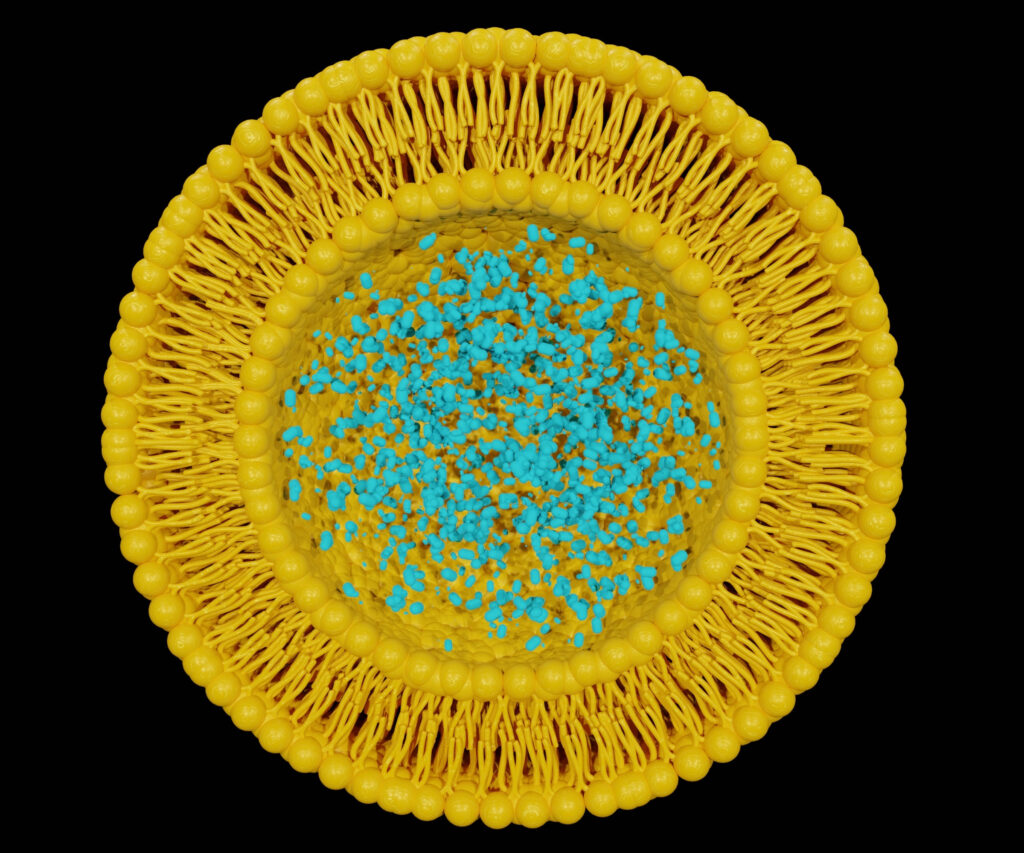Targeted drug delivery has long been a cornerstone goal of modern medicine—sending therapies exactly where they’re needed while sparing healthy tissues. Yet creating treatments that can decide when and where to act has remained a major challenge. Now, a new study from the University of Washington (UW) offers a powerful step forward in programmable proteins that use Boolean logic to make molecular decisions inside the body.
In a proof-of-principles study published this week in Nature Chemical Biology, Cole DeForest, PhD, professor of chemical engineering and bioengineering at UW, and colleagues describe a new class of logic-programmed protein “circuits” capable of autonomously controlling drug localization and release. The study, titled “Boolean Logic-gated Protein Presentation via Autonomously Compiled Molecular Topology,” demonstrates that proteins can be engineered to perform complex logical operations—like AND, OR, and YES gates—based on combinations of biological cues.
“We’ve been thinking about these concepts for some time but have struggled with ways to increase and automate production,” said senior author DeForest. “We’ve now finally figured out how to produce these systems faster, at scale, and with dramatically enhanced logical complexity. We are excited about how these will lead to more sophisticated and scalable disease-honing therapies.”
The team’s innovation lies in designing proteins with self-folding tails that form specific shapes depending on environmental cues, such as the presence of certain enzymes or pH levels associated with certain areas of the body, or even diseases like cancer. These “smart tails” allow proteins to act as autonomous decision-makers, releasing therapeutic cargo only when a programmed set of conditions is met. The result is a system that can achieve unprecedented targeting precision within the body.
Using a recombinant expression system, the researchers harnessed living cells as factories to build these complex, programmable proteins, eliminating the need for the multistep organic syntheses that have long limited scalability. “Using the old process, it would take months to synthesize just a few milligrams of each of these materials. Now it takes us a couple of weeks to go from construct design to product,” said DeForest. “It’s been a complete game changer for us.”
In one proof-of-concept experiment, the team created proteins capable of responding to up to five different biomarkers and demonstrated “multiplexed delivery of three biomacromolecules from hydrogels,” wrote the authors. The approach could be applied to delivering drugs directly to disease tissues while minimizing off-target effects.
“The sky’s the limit. You can create delayed and independent delivery of many different components in one treatment,” said co-first author Murial Ross, a UW doctoral student in bioengineering. “And I think we could create much, much larger logical circuits that a protein can be responsive to. We’re at the point now that the technology is outpacing what we’ve seriously considered in terms of applications, which is a great place to be.”
Beyond drug delivery, the technology could one day even support diagnostic tools that detect complex biomarker patterns or even manufacture therapeutic proteins directly within a single cell.
“The dream,” DeForest added, “is to be able to pick any arbitrary location inside of the body—down to individual cells—and program a material to go and act there. That’s a tall order, but with these technologies we’re getting closer.”

